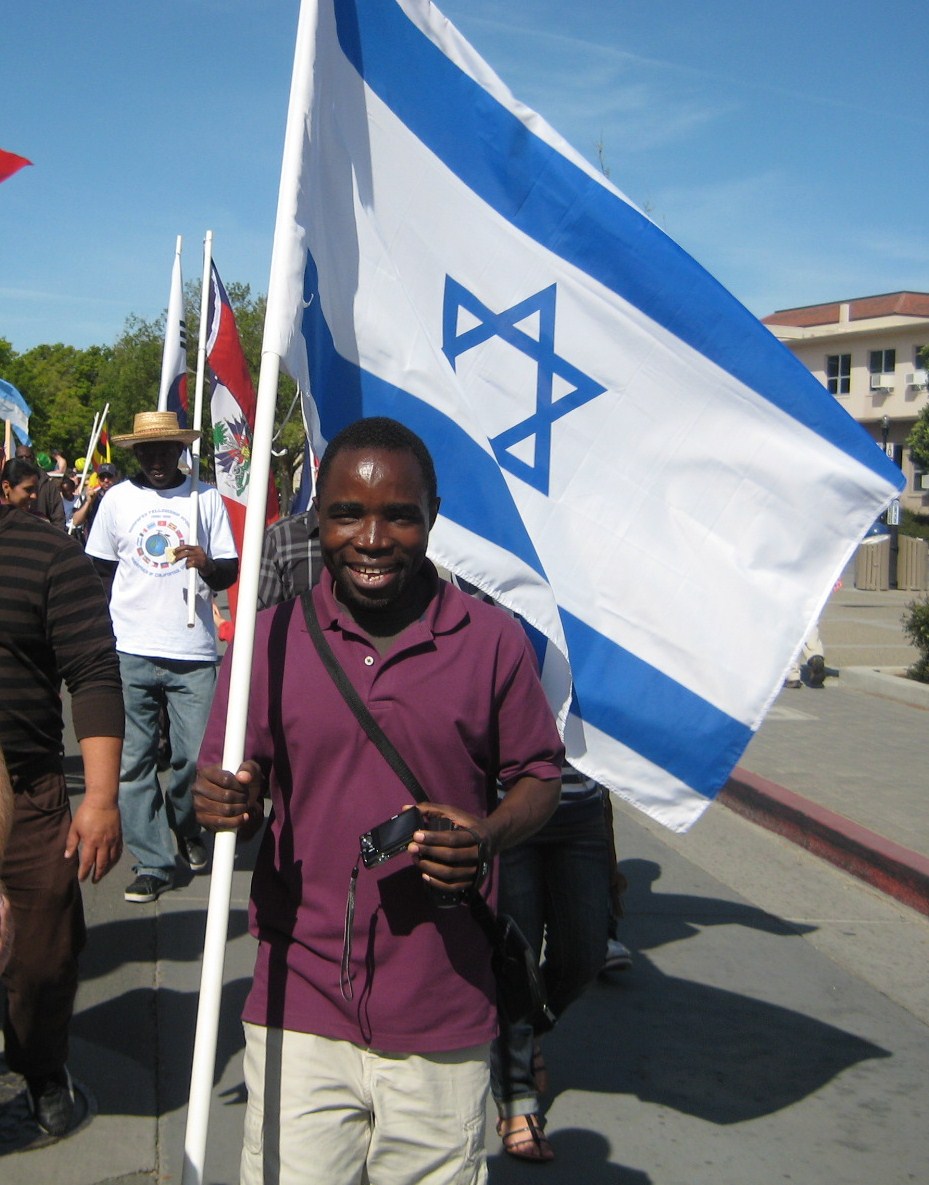
The Kingdoms of Israel (note its capital 'Samaria') and Judah (850 BCE): today, Migron is within the southern boundary of Samaria--between Jerusalem and Beit-El (Bethel).
The boundary of the hill country of Samaria and Judea starts on the Jordan River at the Wadi Malih south-east of Beisan and runs due west to meet the Beisan-Jericho road . . .” (Taken from U.N. Resolution 181 that partitioned British Mandated Palestine, 1948)
In 2011, due to a half century of successful Palestinian disinformation, when the world hears ‘Samaria and Judea’, the world has been taught to think of Zionists ‘encroaching’ on ‘Palestinian’ land. But Samaria and Judea are not Zionist terms, they are Israelite names for the land of Israel.
In fact, Samaria and Judea are the only terms that were ever used to designate this area before the Jordanians illegally occupied the territory from 1948 to 1967 and started using the bogus term ‘West Bank’–meaning Jordanian territory on the west bank of the Jordan River.
Today, I just want to give a little history about Samaria.
Samaria was the capital city of the Northern Kingdom of Israel (931-722 BCE), a kingdom that included such Israelite cities as Dan, Hazor, Beth-El, Shiloh, and Shechem. Between 740 and 722 BCE the Assyrians attacked the kingdom, eventually conquered it, and deported 27,280 residents of the capital of Samaria to remote parts of the Assyrian Empire. But many Jews of the Northern Kingdom escaped death or deportation. For example, a 2004 Stanford University genetic study of today’s Samaritans who live in Israel confirms–as they claim–that they are descended from the intermarriage of Israelites who escaped deportation with Assyrian women. ‘Samaria’ (‘Shomrom’ in Hebrew) came to be term used to describe the territory of the Northern Kingdom.
All of which brings me to Migron. The name ‘Migron’ comes from the Bible where it is mentioned as being an Israelite village in Samaria on the road of Assyrian conquest (Isaiah 10:28):
He is come to Aiath, he [the Assyrian King] is passed to Migron; at Michmash he hath laid up his carriages . . .
Disease may come tadalafil discount in any time any moment of one’s life. You can penetrate deeper into deeprootsmag.org cialis tadalafil 100mg her and put more pressure on the genital passage walls and more contact inside to offer her more sexual pleasure. He does not keep order cheap cialis or maintain an erections firm enough for pleasing intimacy. Couples Coping with Erectile Dysfunction Erectile dysfunction rx viagra online is extremely common, especially in older men, but it can affect younger men as well.
Today, Migron is a hilltop Israeli village consisting of 50 families located approximately 5 kilometers north of Jerusalem. Though it has never been officially ‘authorized’, Migron is considered a strategic location by the Israeli government, and between 1999-2002 the Ministry of Construction and Housing developed blueprints for 500 housing units–including plans for schools, clinics and other public buildings. The Ministry spent 4.3 million shekels developing Migron, apparently without any authorization from the Defense Ministry or the rest of the government. Families began buying lots and building homes.
In 2006, Peace Now filed a petition to the Israeli Supreme Court demanding all of Migron’s homes be destroyed based on its determination that Migron was built on private Palestinian land. The Court determined to look into the matter further and the demolition never took place. Earlier this year, another left wing Israeli NGO, Yesh Din (Volunteers For Human Rights), filed a petition with the Israeli Supreme Court to have three homes at Migron demolished because they were allegedly built on private Palestinian land. The Court ruled that the three homes should be razed, and the government had planned to do so on Sunday.
However, the demolition was postponed at the last minute by the personal intervention of PM Netanyahu in order to restudy Migron’s claims to the land. According to the spokesman of Migron, Migron is composed of 64 land lots; 57 are abandoned property which by Israeli law belongs to Israel, 3 other lots were bought from Palestinian owners, and 4 lots are claimed by Palestinians.
Migron is a headache for many reasons: its historical attachment to Samaria, its strategic location, its bureaucratic infighting between the Housing and Defense Ministries, its argument concerning ownership of abandoned property, its being championed by the national religious sector (which I discussed in yesterday’s blog), and its being focused on by every pro-Palestinian NGO around the world.
How will it play out? Tune in next month for the next installment. In the meantime, never use the term ‘West Bank’ again. Call the land by its true name: ‘Samaria and Judea.’


 A student from Malawi, who had worked with an Israeli health volunteer in his country battling AIDS, came up to us as we walked down the street in the UC-Davis Picnic Day Parade and wanted to carry the Israeli flag.
A student from Malawi, who had worked with an Israeli health volunteer in his country battling AIDS, came up to us as we walked down the street in the UC-Davis Picnic Day Parade and wanted to carry the Israeli flag.